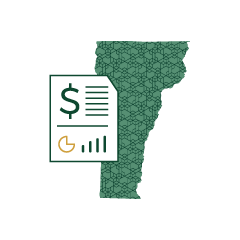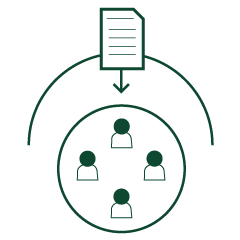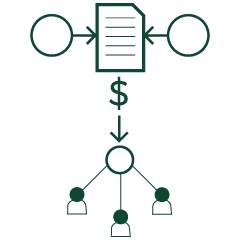Over the last three and a half decades, Vermont captive insurance has become known as the ‘gold standard,' a moniker given to us by the industry press, and one that we are proud to wear. The gold standard is more than our reputation, it’s our promise. It’s our dedication to helping your business as it navigates the complex captive insurance environment. The result—captives that are sensible, secure, and supported.
No matter the size or type of company or group, Vermont remains the best place to form your captive insurance company. We have an infrastructure made up of the world’s leading captive management professionals, attorneys, bankers, accountants, actuaries, investment managers and the largest captive trade association in the world, the Vermont Captive Insurance Association.
When you choose the gold standard, you will also be choosing the largest and most experienced team of captive insurance regulators in the world. Under the leadership of the Department of Financial Regulation and Department of Economic Development, we continue to help guide the development of new regulations for the industry, and we remain available and accessible to Washington, D.C. and industry organizations in our ongoing efforts to keep pace with rapidly evolving insurance needs.
So please, make Vermont your first call. You’ll receive honest and knowledgeable advice. We have your interests foremost in mind, and we place customer service as our number one objective in working with you.
Contact us to learn how Vermont sets the gold standard! 















